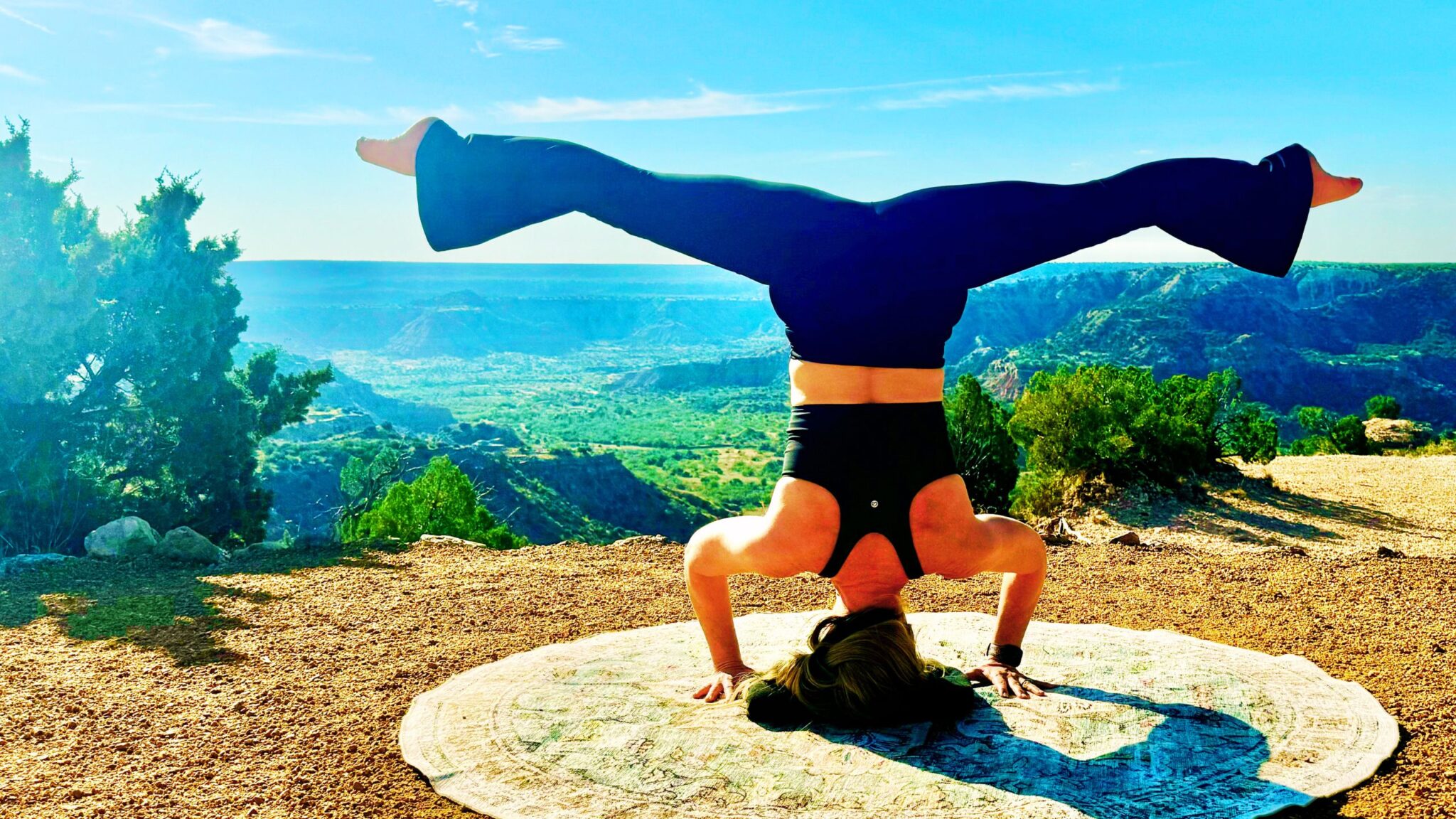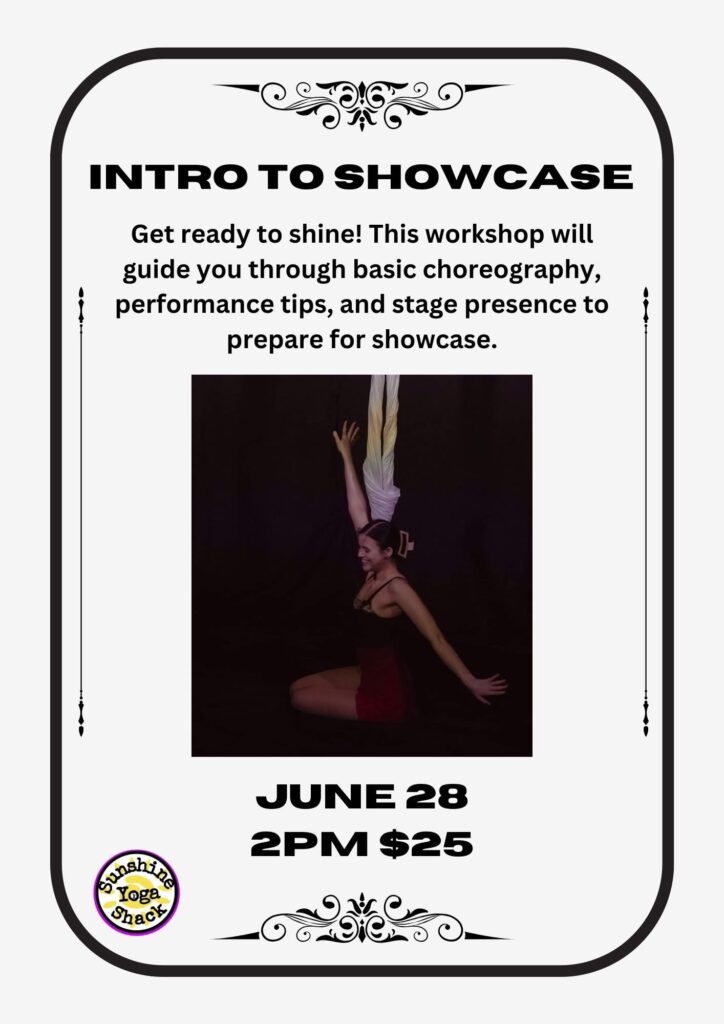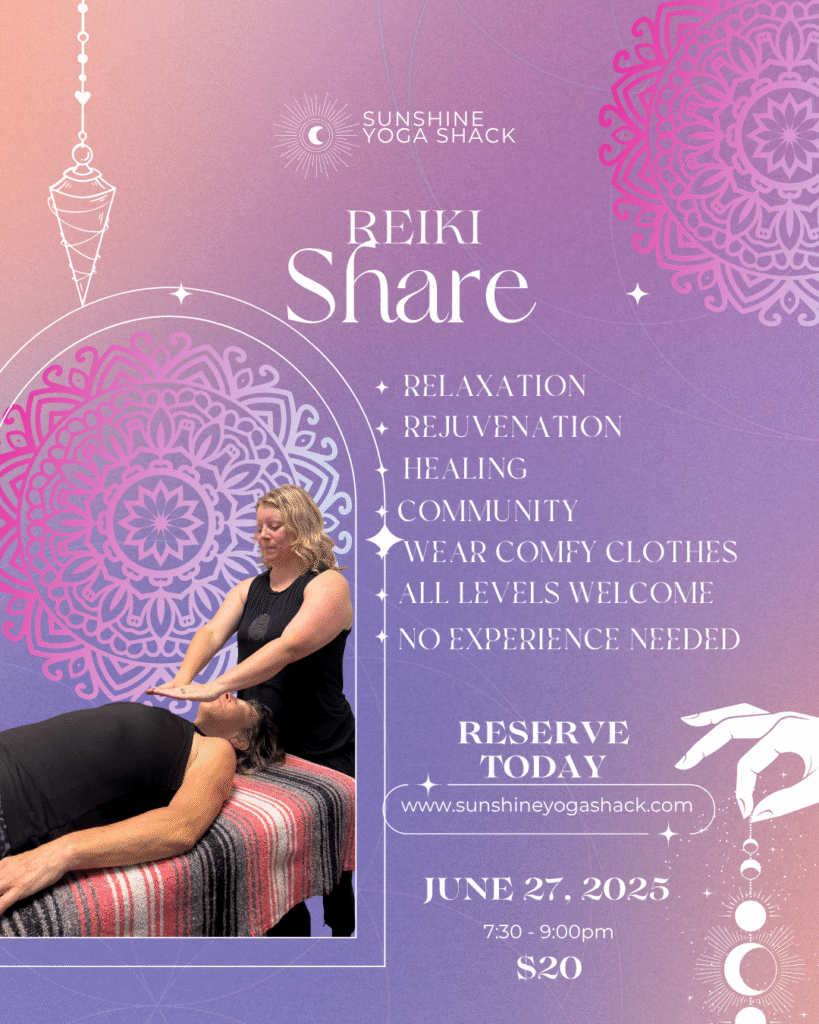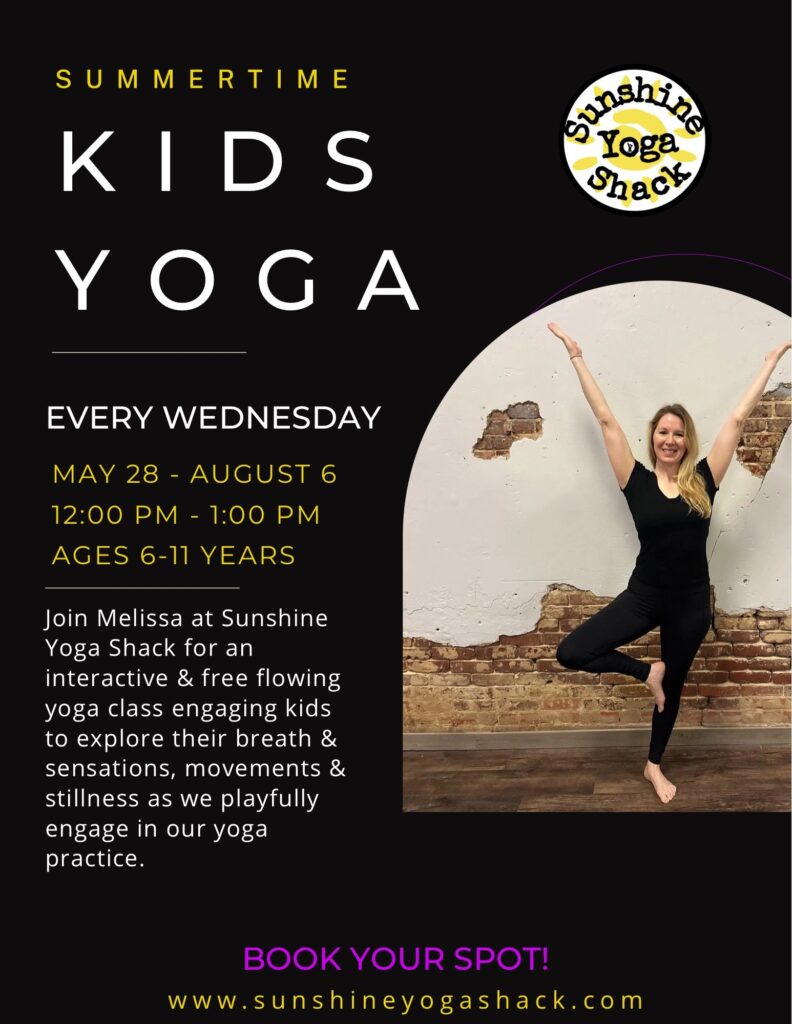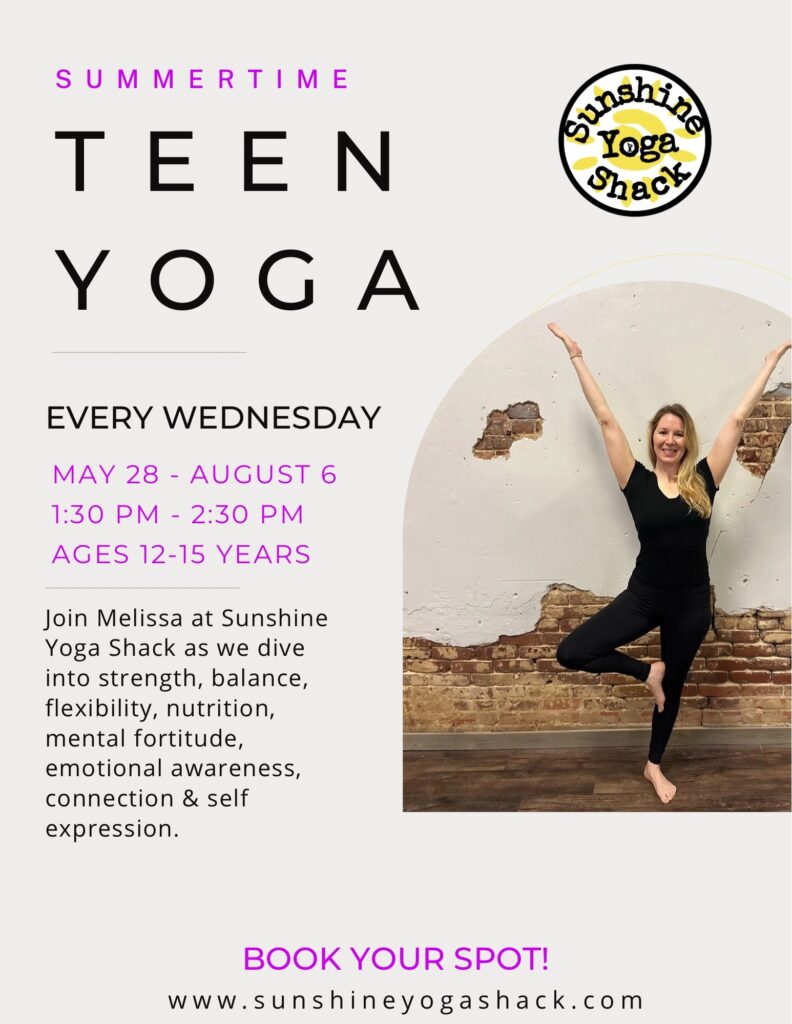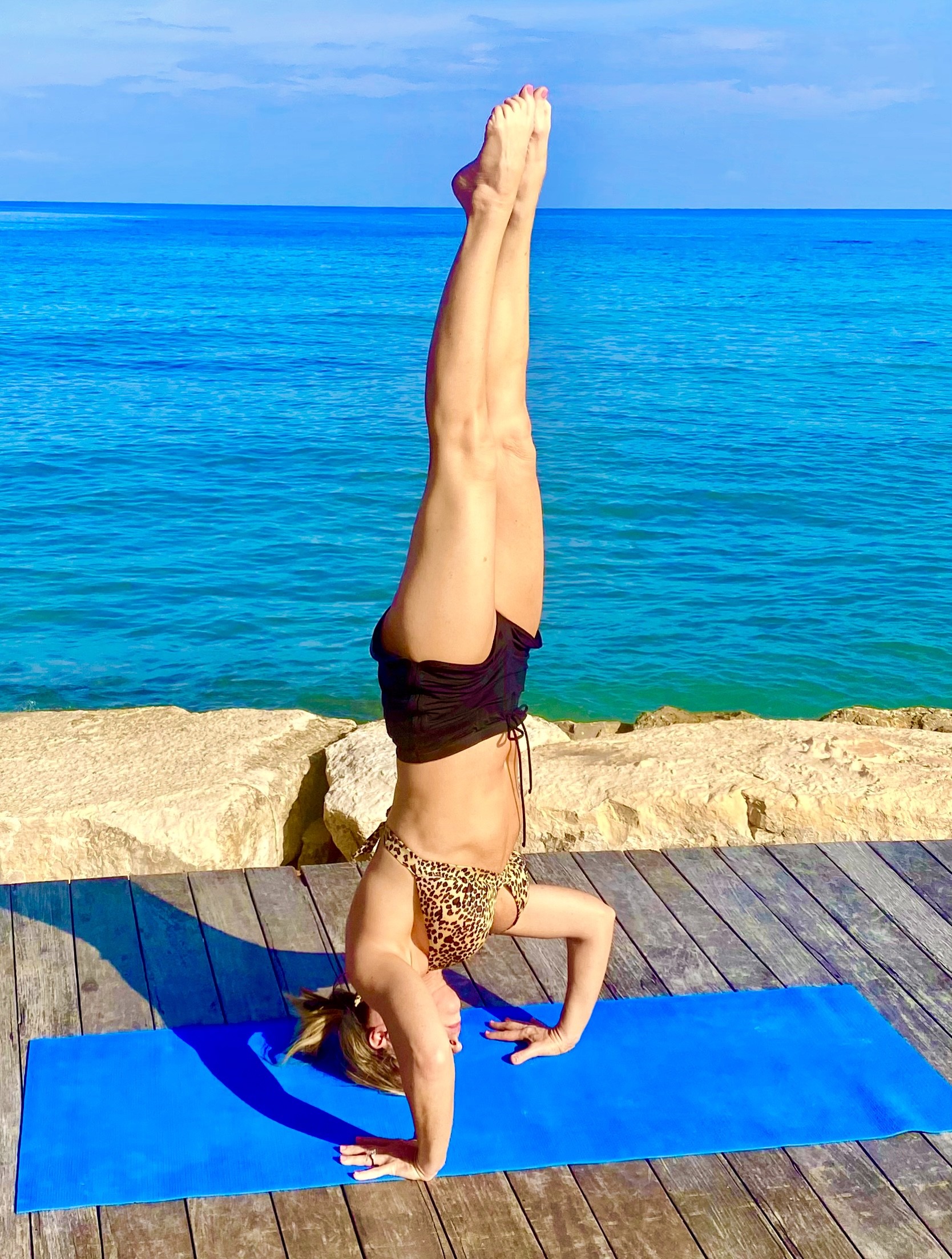
Let’s talk about headstands, shall we? In Sanskrit, it’s called Salamba Sirsasana — meaning “supported headstand.”
(tripod headstand pictured above)
Yes, you can eventually get wild with no-hands versions, like I demonstrated recently. But before we go upside down, let’s get grounded — literally and energetically.
This classic inversion is known as the “king of asanas,” not because it’s flashy, but because of its powerful effects on the physical and energetic body. In fact, it’s not about Instagram glory; it’s about alignment, awareness, and awakening.
One of the biggest benefits of headstands is the stimulation of the crown chakra (Sahasrara), which enhances your connection to your higher self. Additionally, headstands activate marma points — energy-rich intersections — and direct prana, or life-force energy, through the nadis (subtle energy channels).
While your blood flow isn’t literally reversing, your energy definitely is. The result? A fresh sense of lightness, clarity, and focus. And let’s not forget those juicy endorphins — after practicing, prepare to ride that euphoric wave.
Moreover, headstands support your nervous system, helping recalibrate and regulate your internal rhythm. Ultimately, it’s like hitting the reset button on your mindset — one breath at a time.
Of course, headstands are not one-size-fits-all. Your unique anatomy — neck, arms, shoulders, and spine — will guide your best variation. And that’s the beauty of it!
Also, your head? It’s a kickstand, not a weight-bearing foundation. Your arms, shoulders, and core do the heavy lifting. Furthermore, if your mind becomes too full of thought, it will inhibit your movement. Take a breath and feel your way into the posture.
🚦 Injury Warning
If you’ve had a neck, shoulder, or spine injury, skip headstands until you’re fully healed. Remember, yoga is about longevity, not risk-taking.
⚖️ Effort Meets Ease
All inversions — including headstands — are a dance between strength and surrender. In other words, No jumping. No flinging. No ego.
🧭 Alignment Basics
Think of your body like a book propped open on its spine. You need that triangle shape for stability. Whether using your forearms or hands, your goal is stacking — wrists, elbows, shoulders, hips, ankles — all in one vertical line.
Supported Headstand (Salamba Sirsasana)
The classic setup begins on your knees: stack your hands one on top of the other, pinkies down, and interlace your fingers to form a triangle shape with your forearms. Then, place the crown of your head gently between your hands. Be sure to keep your elbows shoulder-width apart to create a strong, stable base. This is your supported headstand.
Tripod Headstand (from Prasarita Padottanasana)
Option Two: Try entering a tripod headstand from a wide-legged forward fold (Prasarita Padottanasana). Place your hands shoulder-width apart on the mat and gently lower the crown of your head between them, forming a triangle. Next, shift your weight forward until your hips begin to stack over your shoulders. As your heels lift, engage your core and inner thighs to draw your legs up in line with your hips — then float them up and together stacking over your hips.
Malasana Entry (Crow to Headstand Hybrid)
Option Three: Start in a deep Buddha squat (Malasana), then place your hands firmly on the mat in front of you and lower your head between them, again forming a triangle. From there, lean forward, lift your hips high, and begin by drawing your knees to your triceps — think crow pose with a vertical upgrade. When you’re ready, tuck your knees into your chest, stack your ankles over your hips, and slowly extend your legs toward the sky for a full tripod headstand.
If you find yourself forcing or straining, stop and recalibrate. A headstand isn’t conquered — it’s floated into. Use strength, breath, and alignment to rise with ease. The moment you lose that sense of lightness, it’s your cue to pause, adjust, and reconnect. No matter which path you take, move with control, stay grounded in your breath, and let curiosity be your guide.
Myth 1: You Need Superhuman Strength
Nope! On the contrary, proper alignment and core engagement beat brute strength any day.
Myth 2: All the Weight Goes on Your Head
Wrong again. In reality, most of your weight is distributed through the forearms and shoulders.
Myth 3: Headstands Are Unsafe
Not if practiced with proper technique and awareness. That said, check with your doctor if you have any medical conditions — safety first, always. I recommend having a spotter.
✅ Truth: Headstands Are Full-Body Engagement
Your breath, core, arms, legs — everything’s in on the party. And if something checks out, the whole thing wobbles. Root down with intention to rise up with grace.
Practice, Practice, Practice
Full body engagement
Calm, steady breathing
Gradual progression
Stay consistent, stay curious, and over time, your body will surprise you.
Maybe you’ve never gone upside down. Or maybe you used to and haven’t in years. Either way, this is the place to begin again.
There’s no shortcut. However, there is practice — consistent, patient, soul-fueling practice. And if your intuition is nudging you to take your practice deeper, maybe teacher training is on the horizon.
At Sunshine School of Yoga, our 200-Hour Yoga Teacher Training is here to support your growth, on and off the mat. Whether you dream of leading classes or simply want to expand your personal practice, this training is a powerful next step. We have 100% virtual or in-person options.
At Sunshine Yoga Shack, we meet you wherever you are — feet on the mat or floating upside down — and guide you with love, alignment, and some giggles. So next time you hear the cue for a supported headstand, remember this:
“It’s not about being fearless — it’s about being aligned. Energetically. Physically. Mentally.”
Come get upside down with us.Your crown chakra will thank you. 🙃💫
